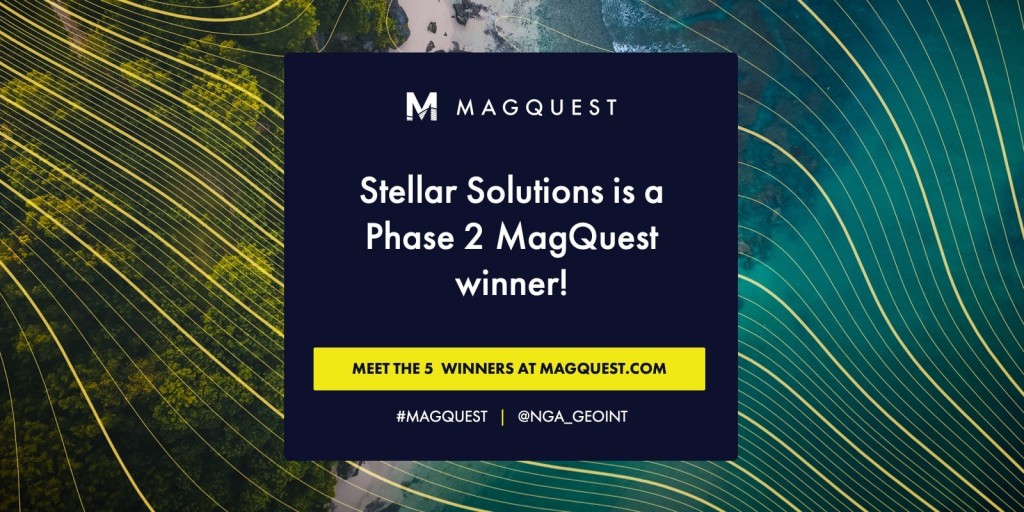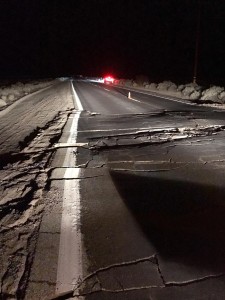QuakeFinder: Against All Odds
A recent story about QuakeFinder in the LA Times conveyed the many obstacles that Stellar Solutions has faced over the past two decades in our quest to definitively prove electromagnetic precursors to earthquakes. And in spite of these numerous and significant scientific, technical, political and financial hurdles, we have made tremendous headway toward this noble, long-term goal that could benefit countless lives.
It is important to remember that science is a journey. The article compares our experience to the search for extraterrestrial intelligence and the hunt for the meaning of earthquake lights, and I’ll add that this endeavor is very much like many of the grandest challenges in human history – achieving heavier than air powered flight, the race to space, mapping the human genome, and effective treatments for devastating diseases from polio and cholera to smallpox, HIV and cancer. It’s the nature of innovation: we have achieved a great deal in many areas but in others we still have a ways to go.
While the financial obligation and constraints inherent in this important work have not been overstated, I must elaborate on QuakeFinder’s recent and compelling technical achievements as well as a path forward with partners that can only serve to continue and leverage the significant progress made.
Yes, Stellar Solutions spent big to see if there are electromagnetic precursors to large earthquakes. And yes, they do exist! Our research attempted to prove that electromagnetic signals (in this case magnetic pulses) exist in the days prior to earthquakes larger than M4.0.
The research efforts involved developing algorithms that could find these small signals from 70 Terabytes of data collected from our national network of sensors from 2005 to 2018. The results published late last year in a peer-reviewed journal (Computers and Geosciences) found that for earthquakes larger than M4.0 and within about 40 km of a magnetometer instrument, a measurable increase in magnetic fluctuations occurred in the window 4-12 days prior to the earthquakes. Rigorous statistical methods were used and, in one case, QuakeFinder achieved a 2.86 sigma confidence threshold on these results—or saying it another way—the odds of getting our results if there really is no correlation were only 1 in 475 (0.2%). This suggests that the increased electromagnetic activity does precede earthquakes and is not just experimental happenstance or unrelated to the earthquake process. We are not aware of any other similar research study of this size and scope, nor one that has been formally published or achieved this level of certainty.
Now the challenge is to refine the algorithms to discriminate the unusual activity from the large amount of background noise (e.g. BART trains, lightning, solar storms, and other man-made magnetic noise). To do this, we need funding and partners.
While our research did not specifically focus on earthquake lights, we developed a hypothesis that if there are deep underground electrical activity (e.g. large currents released prior to earthquakes), perhaps very sensitive induction magnetometers might be able to detect these current surges. Today, after 20 years of building a network of very sensitive induction magnetometers, which are spaced about every 20 miles along the faults, QuakeFinder finally had enough data and earthquake events to test the hypothesis.
And QuakeFinder is no longer alone in this quest. Researchers in Japan (Han and Hattori) did a similar analysis over a decade in a relatively quiet area, removed from electric trains and during the night when the trains were not operating. They too found statistical evidence of both magnetic pulses and longer disturbances in the 2 weeks prior to earthquakes.
The quest for accurate earthquake forecasting is an extraordinarily difficult and unprecedented task–far larger than what a single, small aerospace company can afford. It is true that Stellar Solutions is “hitting the pause button” and reducing staff to a minimum level, after having spent approximately $30M over 20 years building the network of sensors and developing these initial algorithms. But, all of this is far from our last contribution to this cause or the end of the QuakeFinder story.
We are hopeful that the initial published QuakeFinder research results, as well as corroborating results in Japan (and soon possibly, China) will attract other funding from either private or government sources, to continue and advance the effort. Better results may occur with the application of Artificial Intelligence techniques. We expect at least one such data mining company to publish their initial results using the QuakeFinder magnetometer data sometime this spring. And our work and methods have application to other areas of societal benefit as shown by our recent selection as a final winner in a federal competition for the World Magnetic Model. The never-ending struggle and adventure of science can be fraught with risk and uncertainty. However, its discoveries, breakthroughs and possibilities have the potential to change everything that we know and care about for the better. We look forward to this continuing journey!


